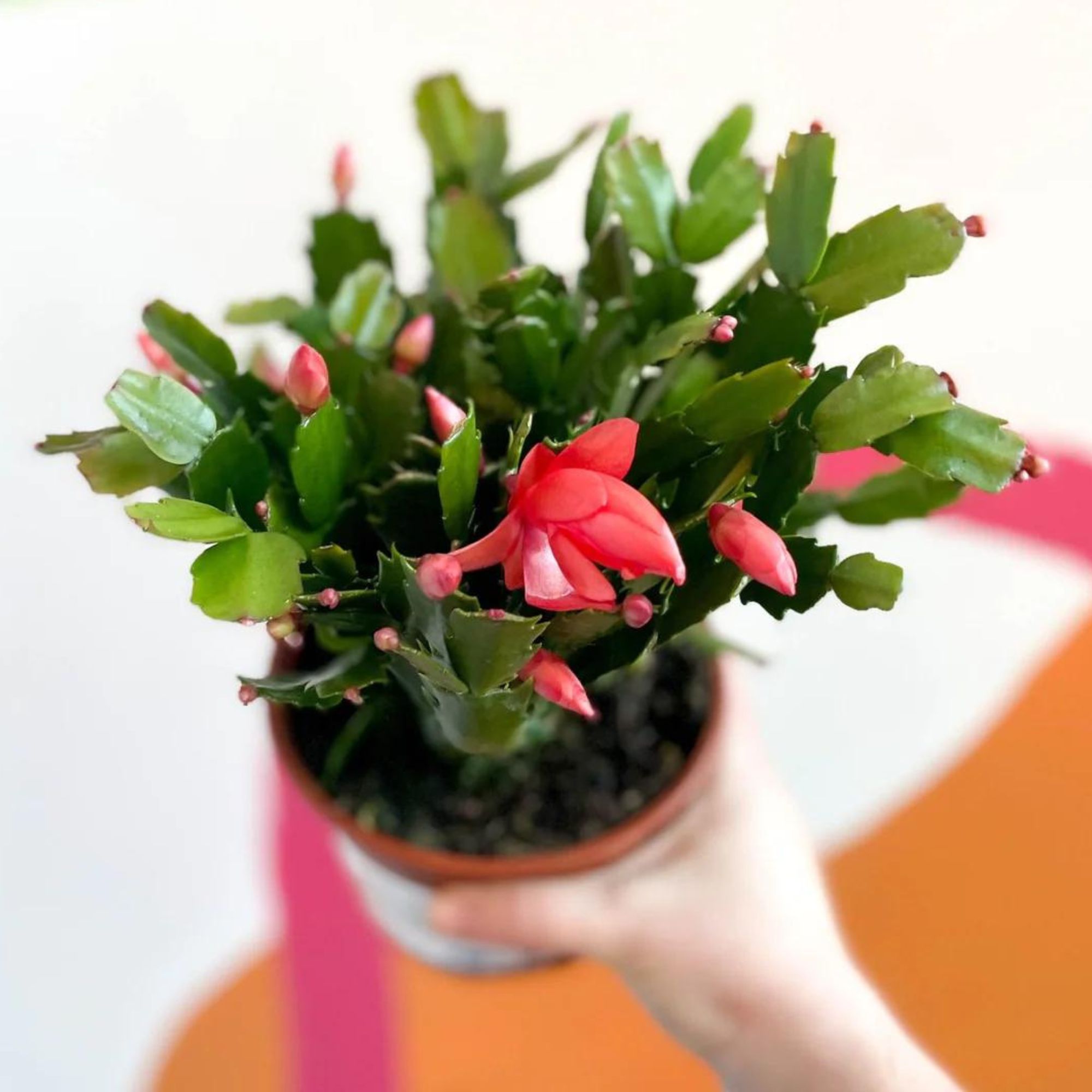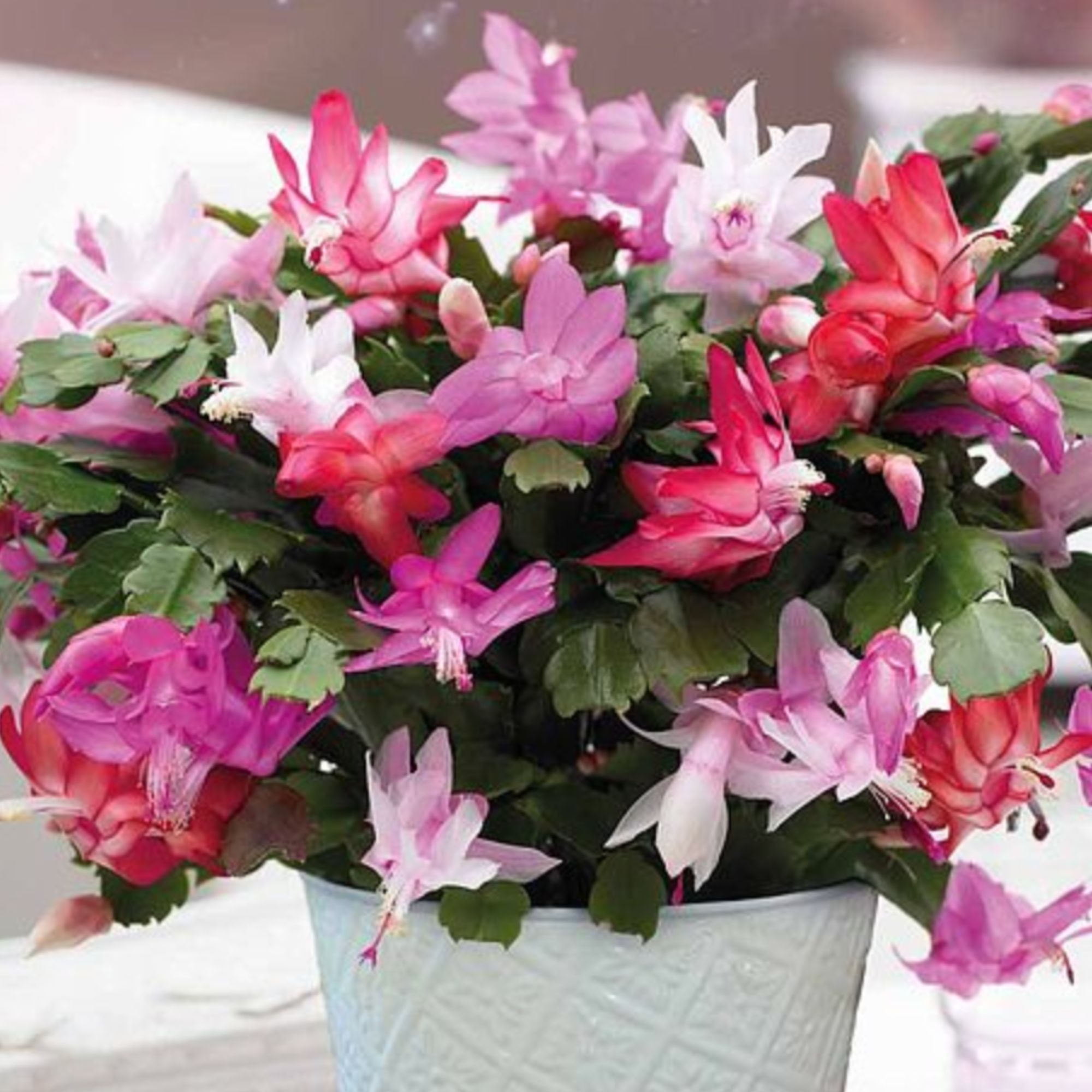Christmas cactus care guide to ensure a stunning floral display every year
Our top tips for Christmas cactus care with help you bring colour and character into your home during the darkest months of the year

Ginevra Benedetti
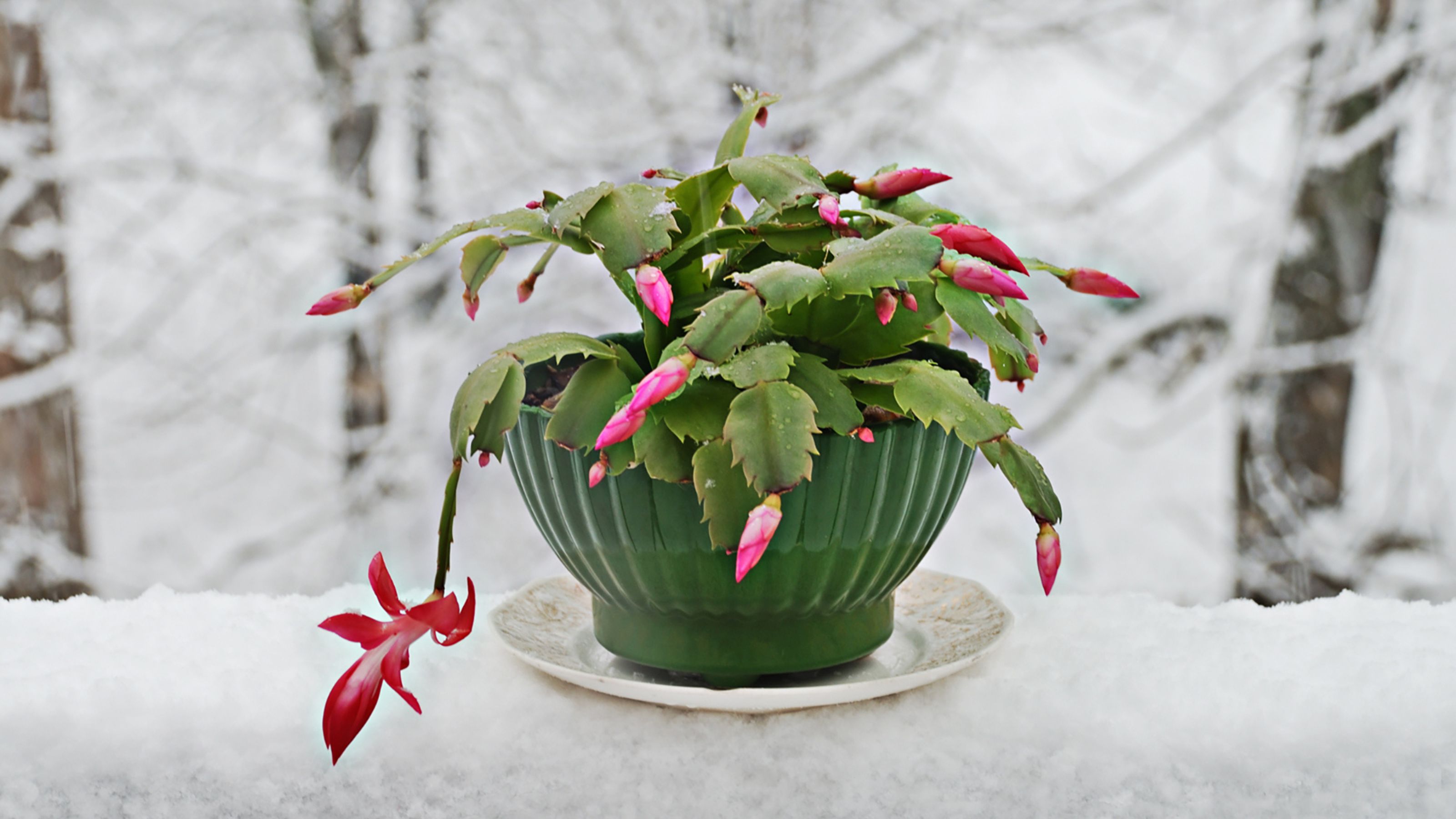
When it comes to Christmas cactus care, the key thing to remember is that less is more. As with most other cacti, Christmas cacti are a particularly good option if you have the tendency to kill off anything green in your home.
One of our favourite houseplant ideas, the Christmas cactus is the perfect plant for both summer and winter and with a little know-how, it's relatively easy to care for and can last for years
Christmas Cactus care guide
Flowering plants are hard to come by at this time of year, especially when it comes to houseplants – and not everyone loves the needy poinsettia, though these poinsettia care tips can help.
Thankfully, the Christmas cactus chooses this time of year to explode into a profusion of colour and life. They also add a touch of greenery to your indoor decor, mirroring any similar festive outdoor Christmas decorating ideas that you may have introduced to your garden or patio.
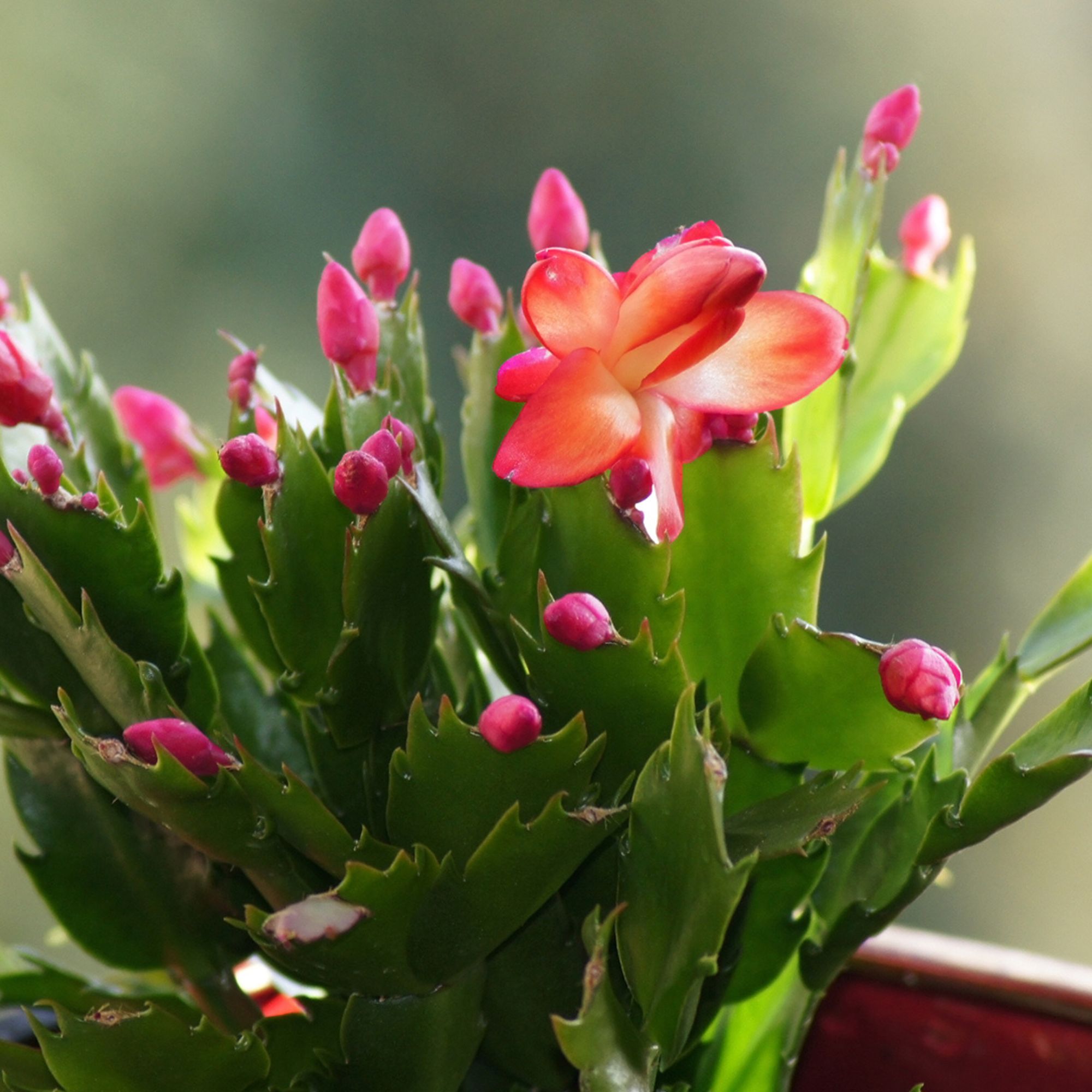
What you will need
- Christmas cactus
- Plastic pot with drainage holes – one size larger than the size of the plant bought
- Decorative pot without holes
- A high potassium plant feed, for example, Tomatorite Feed on Amazon
- A trowel
- Cactus compost, such as Westland Cactus/Succulent Potting mix on Amazon
Where to buy Christmas cactus
During the festive season, Christmas cacti will be readily available both online and in supermarkets – though they are less available at other times of the year. When looking to shop for houseplants online, it is important to choose a reputable stockist to ensure a good quality plant and reduce the risk of introducing pests into your home.
Types of Christmas cactus
One of the best living room houseplant ideas for Christmas decorating – Christmas cacti are available in a wide range of colours from pink and red through to white and purple.
There are two main types of Christmas cactus: S. truncata and S. x buckleyi. In the US, the Schlumbergera truncata species is known as the Thanksgiving cactus due to its slightly earlier flowering period, but in the UK, both types are sold as Christmas cactus.
Sign up to our newsletter for style inspiration, real homes, project and garden advice and shopping know-how
It is also worth noting that there is a similar cactus, Rhipsalidopsis, better known as the Easter cactus as it flowers between late March and May. The easiest way to tell the difference between these cacti is by looking at the leaves.
‘Christmas cacti feature flat and segmented leaves with slightly rounded edges, while Easter cacti have leaves with rounded edges that are centred on the leaf,’ explains Elizabeth Marshall, Buyer at Hillier Garden Centres.
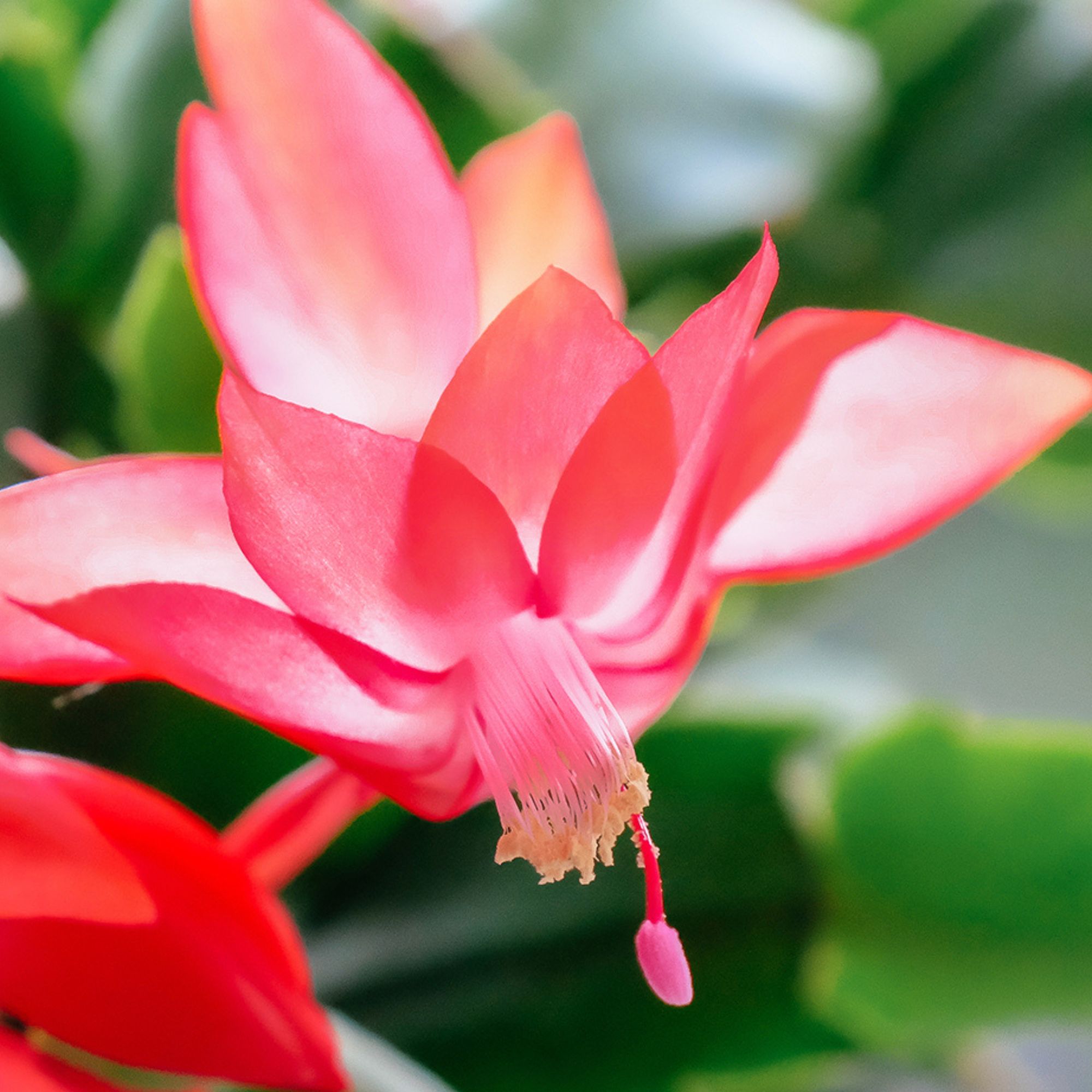
Where should I keep my Christmas cactus at home?
Cacti have a reputation for being unkillable houseplants and the Christmas cactus is just as straightforward. However, when it comes to Christmas cactus care, it is worth noting that there are some distinct differences between Christmas cacti and other cacti.
‘Unlike other cacti and the Easter variety, Christmas cacti do best in bright but indirect sunlight. Direct sunlight can cause their leaves to bleach and burn,’ explains Elizabeth Marshall. ‘To provide the ideal conditions, place your plant near a north-facing window where it can enjoy filtered sunlight.’
In terms of temperature, ‘aim for between 16-26°C and make sure it does not drop below 10°C in winter,’ advises Jessy Edgar, owner at Sprouts of Bristol.

How often do you water a Christmas cactus?
Not all cacti are created equal – in fact, there are over 2,000 different varieties – meaning you can’t take a one-size-fits-all approach, especially to watering.
‘Despite being a cactus, the Christmas cactus will need watering far more
than you’d expect. Native to the tropical rainforests of Brazil, this plant is used to humid, warm temperatures – so mist it regularly,’ says Jo Lambell, founder of Beards & Daisies. ‘Water every two to three in the cooler months, and every one to two weeks when it's warmer.’
Watering is one of the key failing points when it comes to Christmas cactus care, so before watering, always test the soil by inserting a finger into the first two inches. If it feels dry, then it’s time to water. ‘Keep an eye out for any signs of overwatering such as black or red spots on the leaves or browning tips,’ adds Jo.
Overwatering is one of the most common succulent care mistakes and is really easy to avoid if you test the soil.
‘Use a high potassium feed every four waters in the flowering season, and an ordinary houseplant fertiliser every six waters otherwise,’ advises Jessy.
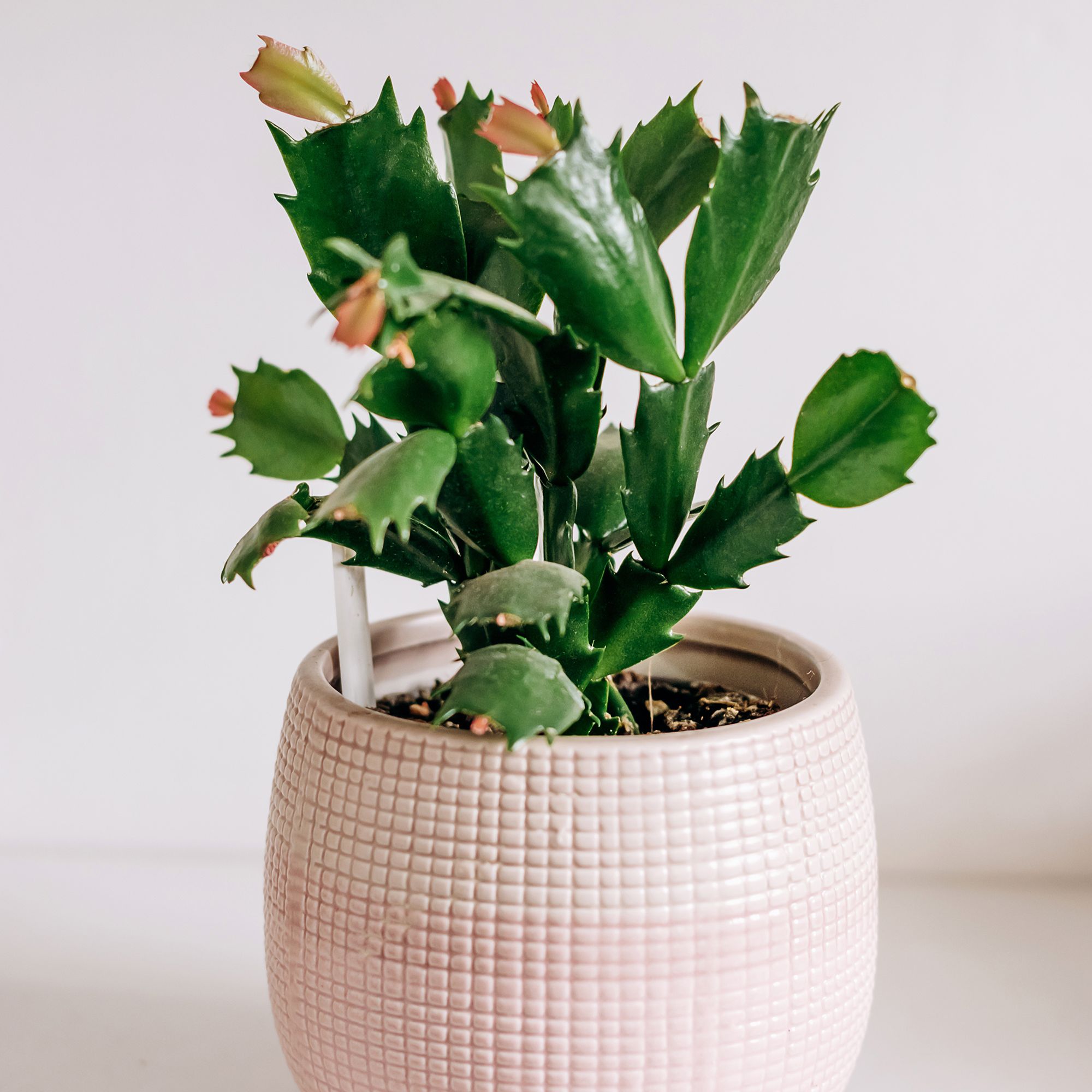
Repotting a Christmas cactus
Unlike other plants, Christmas cacti benefit from being repotted annually.
‘Doing so will ensure that the plant isn’t overcrowded, has good enough drainage and that the soil has enough nutrients to support growth,’ says Evie Brownlee, plant expert at Grow Urban.
When repotting the pot can be the same size or, if the plant is showing signs of being rootbound, a few inches larger than the current pot. ‘Christmas cacti like to be repotted right after blooming,’ advises Julian Palphramand, head of plants at British Garden Centres.

Julian Palphramand is Head of Plants at British Garden Centres. He was previously Horticulture Buyer at Wyevale Garden Centres and had extensive knowledge of various plants and advice on the best approaches to growing them.
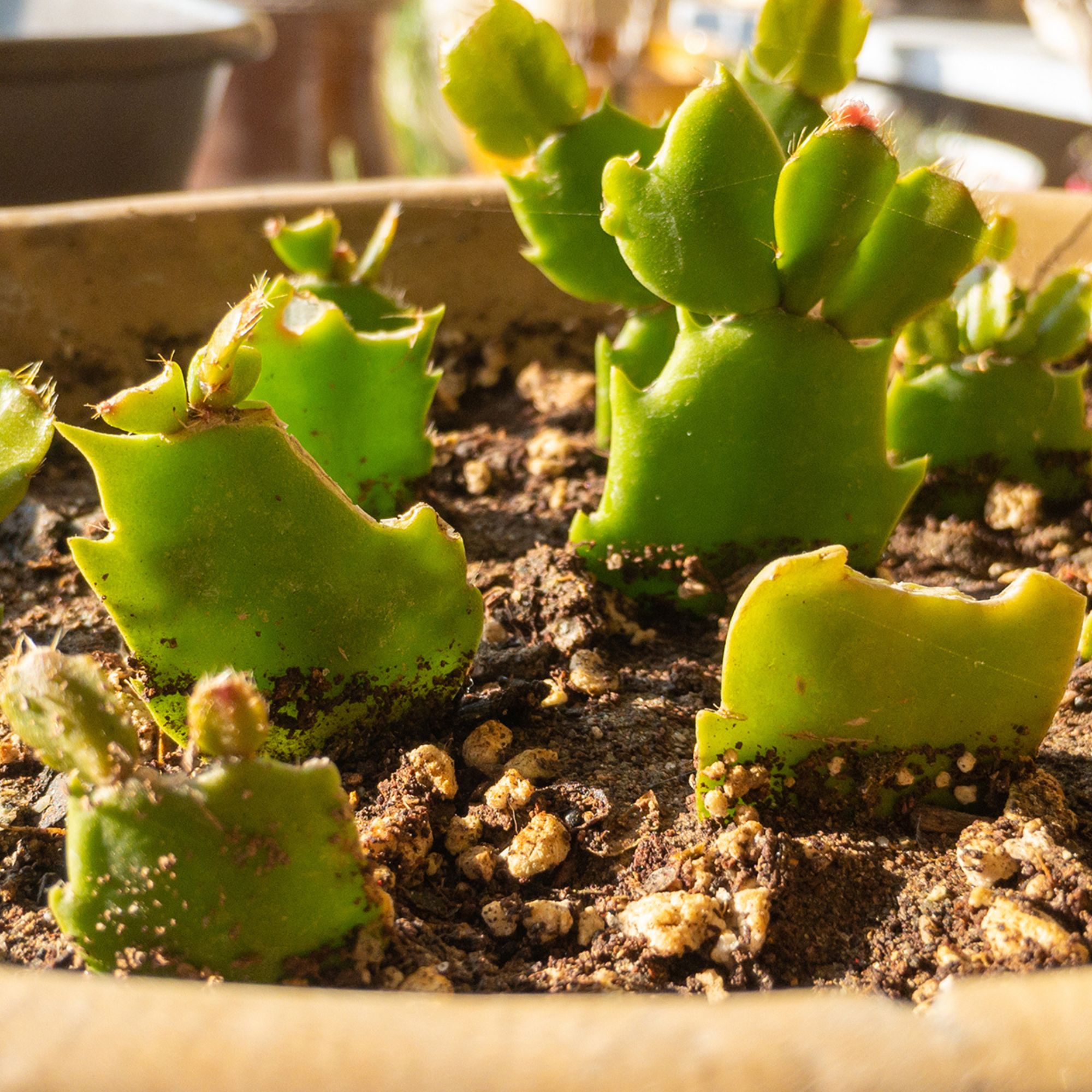
Troubleshooting
- Shrivelling or scorching This usually happens when you've placed your plant in direct light. A Christmas cactus prefers a bright, shaded spot. Shrivelling can also happen if you have over (or underwatered) your plant. To ensure you don't overwater, check that drainage holes are open and try changing the soil to a grittier mix to help the water drain through easily.
- Dropping buds Central heating can sometimes affect a Christmas cactus. Repeated fluctuations in temperature can result in them dropping off before they reach their full potential. Keep the plant in a warm spot to avoid this occurring.
- Not blooming ‘This may be due to temperature or light inconsistencies. The Christmas cactus is a short-day bloomer, which means it sets blooms when exposed to longer nighttime hours and cooler temperatures. So, in the months leading to Christmas, ensure they get 12-14 hours of darkness and temperatures of about 10-12°c,’ explains Beth Chapman, founder of Leaf Envy.
- Leaves turning pink or red suggests that the plant is receiving too much sun, move it to a shadier spot.
- Grey mould on leaves ‘This is Botrytis blight and means that the plant needs to be disposed of,’ says Julian.
- Lack of growth Christmas cacti are fast growers. If your plant is stalling and isn't producing any new leaves or buds, it could be that it's in the wrong pot. These plants don't like large pots and planters, they prefer a more snug fit.
FAQs
How do you propagate a Christmas cactus?
The best way to propagate a Christmas cactus is by taking a leaf cutting. This can then be planted in cactus compost or suspended over water until roots form. They can then be potted up into a nursery pot to continue growing. 'It typically takes about 12 weeks for the plant to root, so propagating in the early spring will give them plenty of time to grow before you give them as gifts next Christmas,' says Elizabeth Marshall.

How do you get your Christmas cactus to flower?
The reward for diligent Christmas cactus care is the abundance of blooms that will appear come winter. As one of the winter flowers that bloom at Christmas, Christmas cactus are a great way to bring life into your home.
‘To ensure a stunning display, keep your plant drier from late summer to early autumn, and make sure it gets between 12 and 14 hours of darkness a day,’ advises Jessy Edgar, owner at Sprouts of Bristol. ‘When in bloom, try and keep the plant moist but not soggy as this will help the blooms last for longer.’
Deadhead faded blooms by pinching off at the point where the flower joins the leaf – this will make the plant look cared for and promote more flowers.
As with caring for a peace lily, the Christmas cactus will also benefit from dusting from time to time.
Follow this guide to caring for your Christmas Cactus and your plant should be happy and give you beautiful blooms year after year.

Holly is one of Ideal Home’s content editors. Starting her career in 2018 as a feature writer and sub-editor for Period Living magazine, she has continued this role also adding regular features for Country Homes & Interiors and the Ideal Home website to her roster. Holly has a passion for traditional and country-inspired interiors – especially kitchen design – and is happiest when exploring the countryside and hills of the Lake District. A keen gardener, she is a strong believer that you can never have too many houseplants.
- Ginevra BenedettiDeputy Editor (Print)
